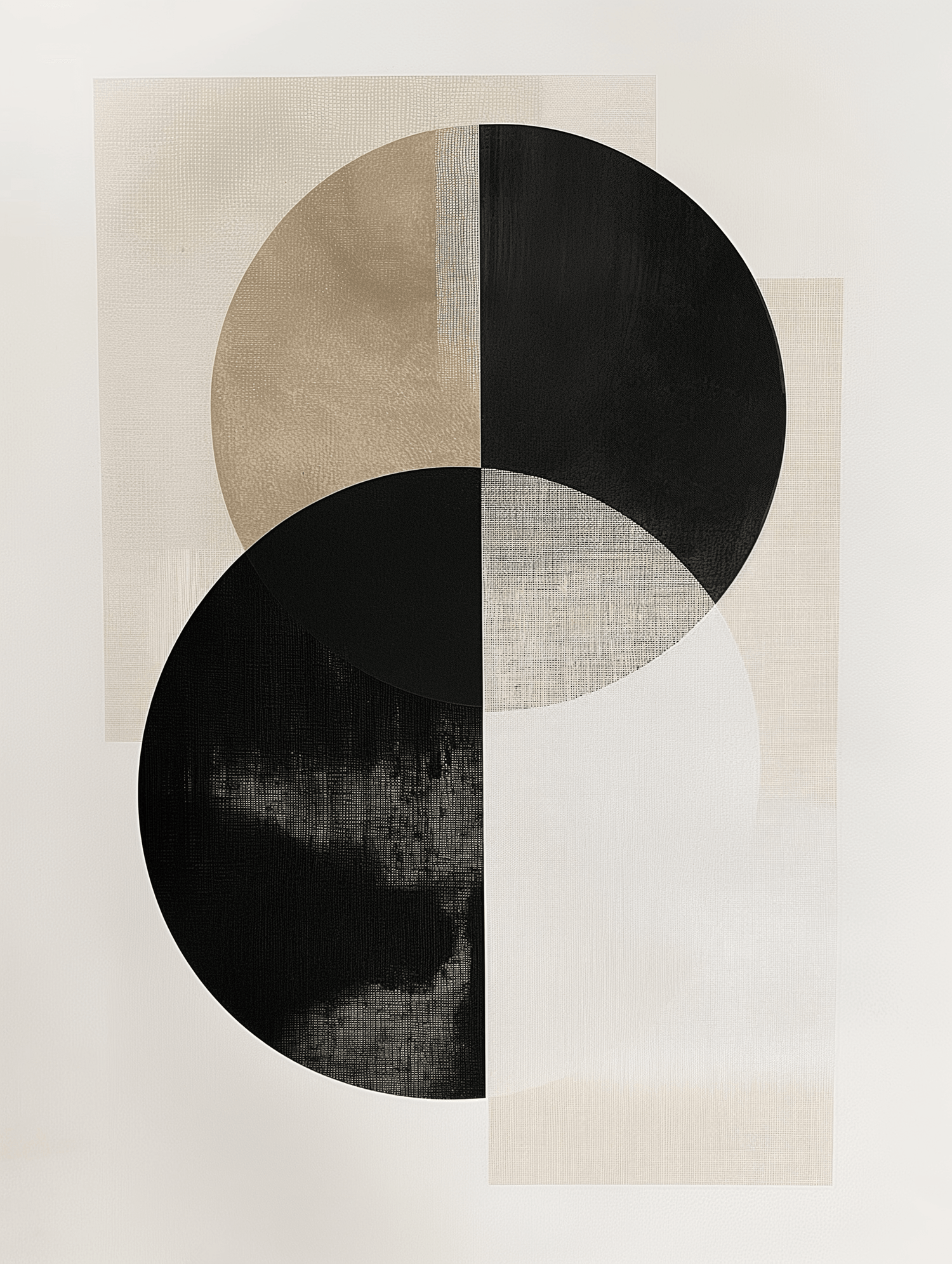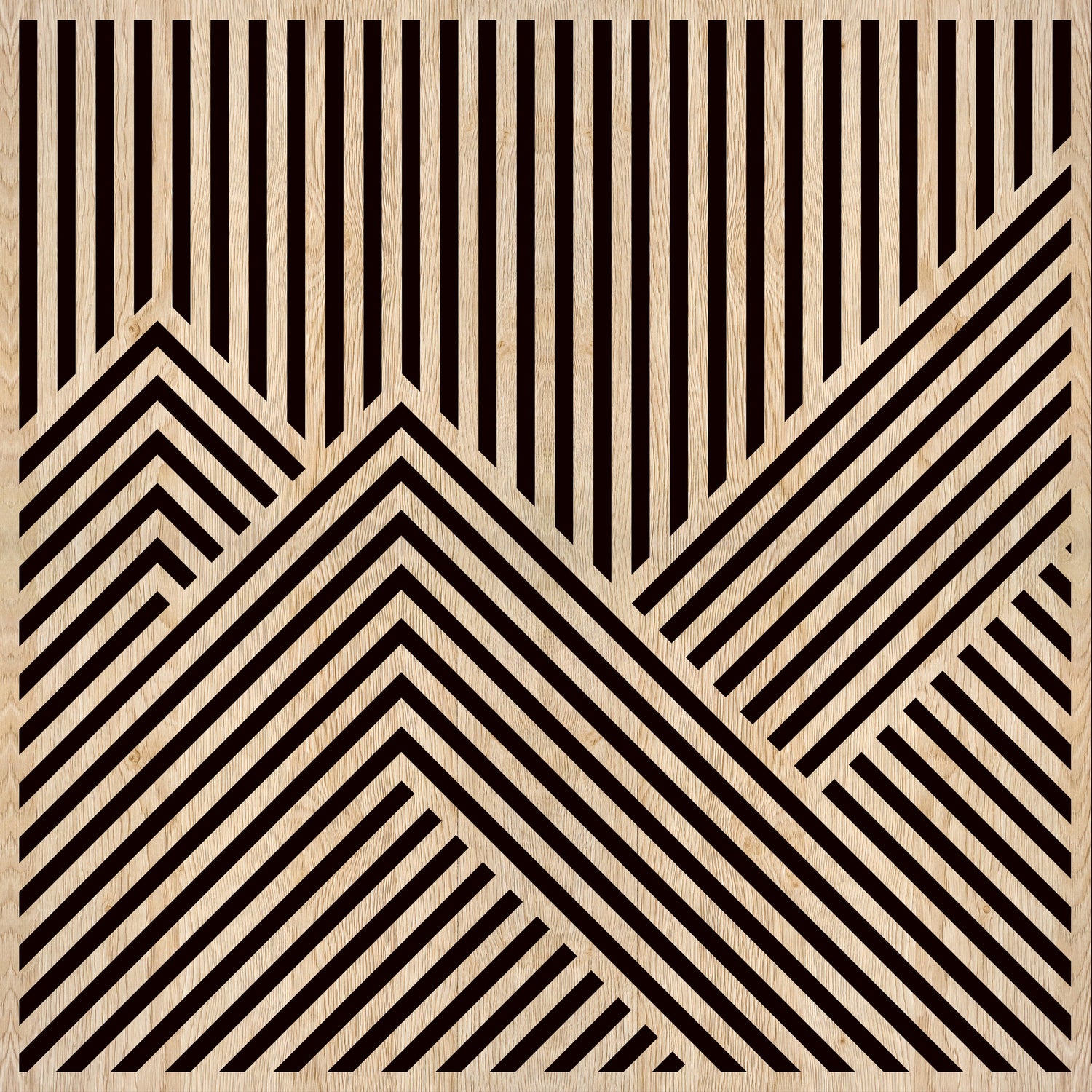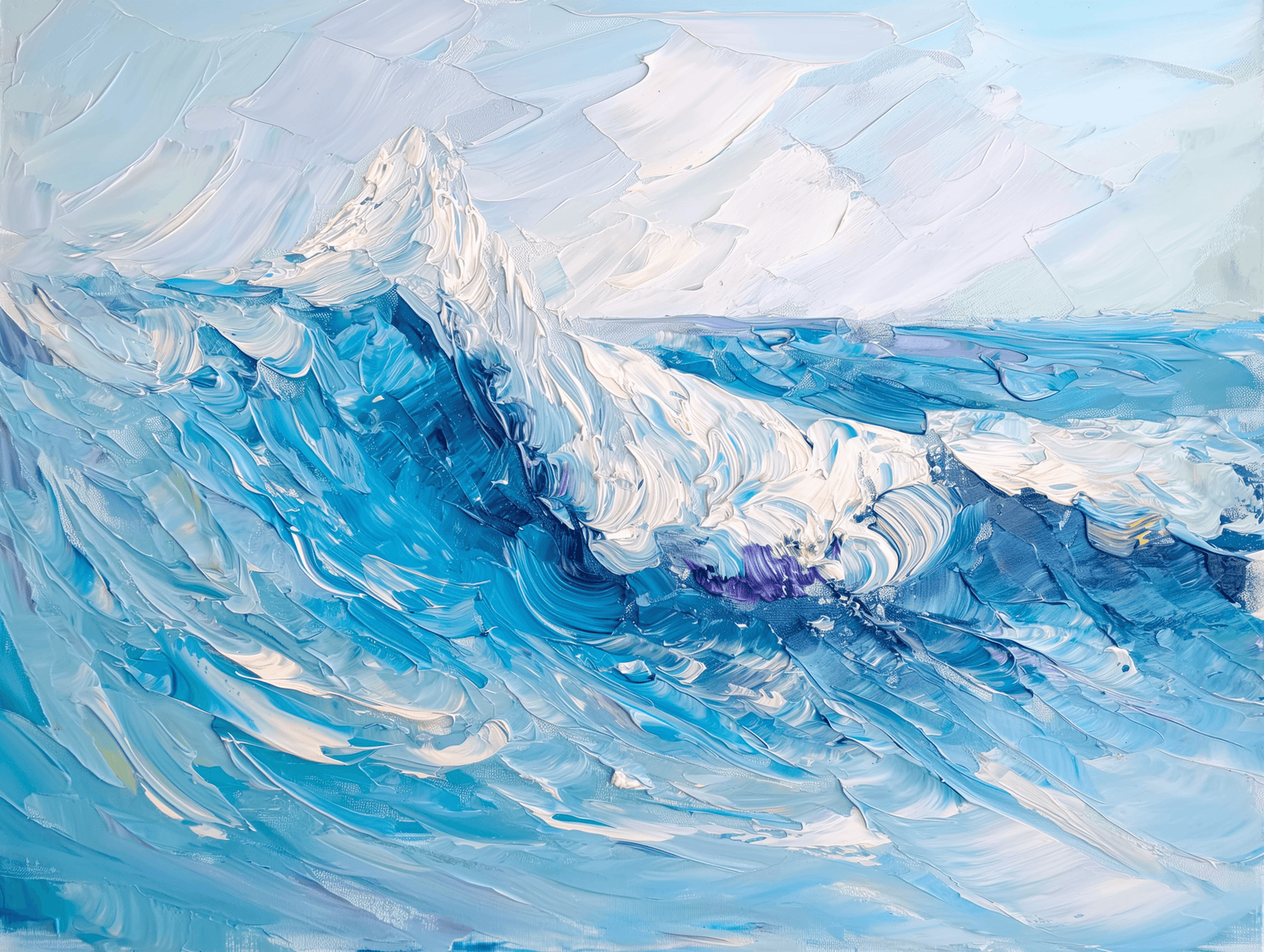Introduction
La Gioconda , also known as Mona Lisa , is one of the most famous and mysterious paintings in the history of art. Created by Leonardo da Vinci in the early 16th century, this work continues to fascinate scholars and enthusiasts thanks to its enigmatic smile and extraordinary painting technique.
In this article we will delve into its history, its mysteries and how Materico.it managed to reproduce it in 3D with surprising fidelity.
The Story of the Mona Lisa
Leonardo painted La Gioconda between 1503 and 1506, although it is assumed that he continued to work on it for years. The portrait depicts Lisa Gherardini, wife of the Florentine merchant Francesco del Giocondo, from whom the work takes its name.
Today the painting is exhibited at the Louvre Museum in Paris and is considered one of the most iconic masterpieces of the Renaissance.
The Mystery of Mona Lisa's Smile
One of the most fascinating aspects of the painting is the woman's enigmatic smile, which seems to change depending on the angle and the light. This effect is achieved thanks to the sfumato technique, perfected by Leonardo, which allows for the creation of soft transitions between shades without sharp edges.
Leonardo's Technique and Innovation
Leonardo used several innovative techniques to create La Gioconda :
- Blur : Creating smooth transitions between shadows and highlights.
- Aerial Perspective : Using colors and shades to give depth to the landscape in the background.
- Anatomical realism : Leonardo studied the human body for a long time to make expressions more natural.
Curiosities about the Mona Lisa
- The painting was stolen in 1911 from the Louvre Museum by the Italian Vincenzo Peruggia. It was recovered two years later.
- Leonardo took it with him to France, where he sold it to Francis I.
- The Mona Lisa has been the subject of countless studies, theories and even acts of vandalism.
3D Reproduction of Materico.it
Materico.it has reproduced La Gioconda using an innovative technology that enhances the three-dimensionality of the brush strokes and the depth of Leonardo's sfumato. Thanks to this reproduction:
- The nuances and details are faithfully reproduced .
- The three-dimensional effect adds realism and depth .
- The visual experience is more engaging, restoring the intensity of the original work .
Conclusion
La Gioconda is much more than a simple portrait: it is a work that continues to inspire and fascinate after more than 500 years. Thanks to the 3D reproduction of Materico.it , today it is possible to admire this masterpiece with a fidelity that enhances every detail of the original.
Click here to buy "La Gioconda" in different sizes with their frames!!









